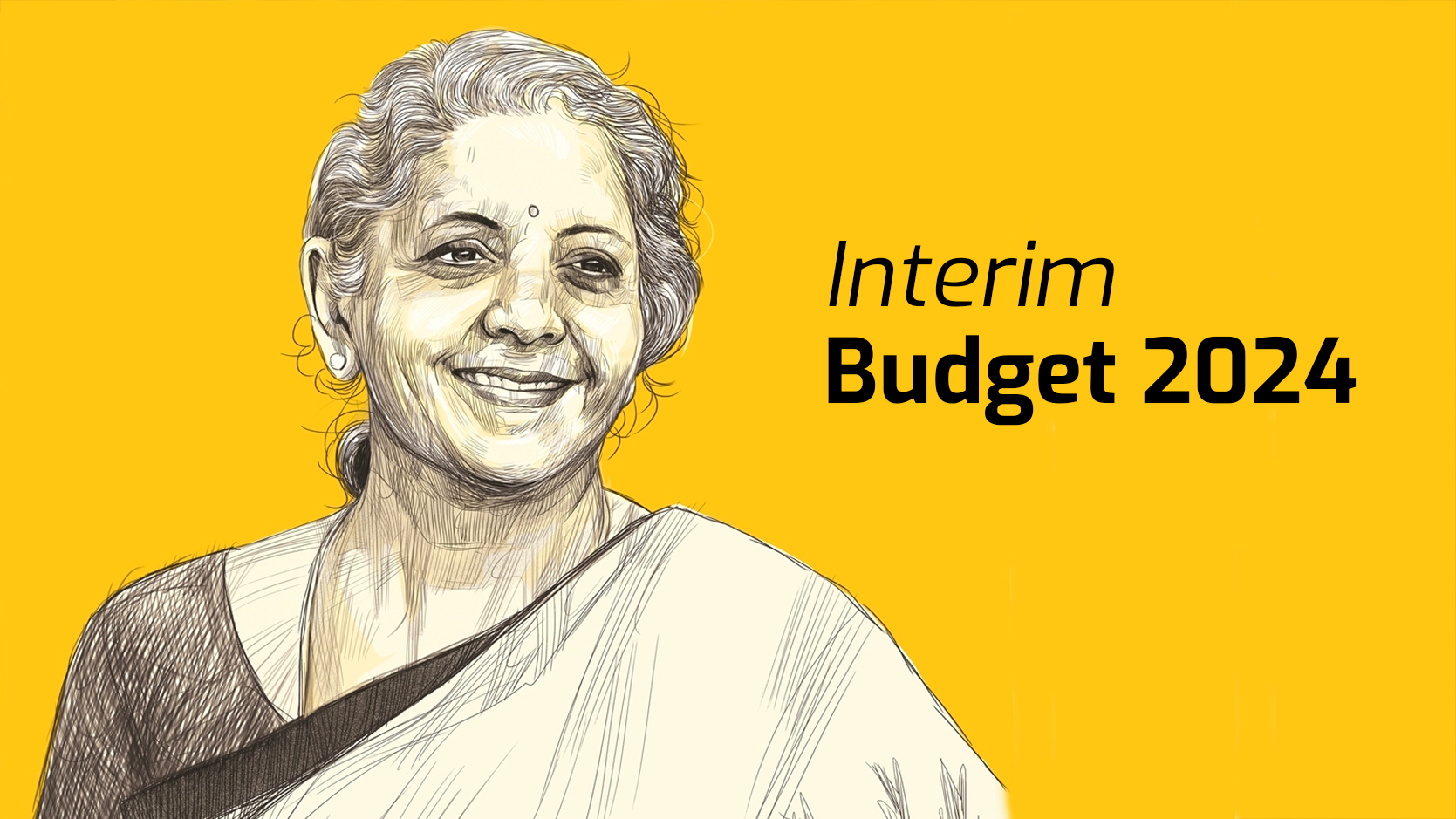The UPSC Preliminary Examination consists of two papers: General Studies (Paper 1) and Civil Services Aptitude Test (CSAT, Paper 2). Paper 1 tests candidates on subjects like History, Geography, Polity, Economy, Environment, Science & Technology, and Current Affairs using multiple-choice questions.
It is important to pass Paper 1 to move to the next stage. Paper 2, CSAT, checks comprehension, logical reasoning, decision-making, and basic numeracy skills. Both papers require thorough preparation to qualify for the UPSC Mains exam, which is the first step towards a career in India’s civil services.
UPSC Prelims
The UPSC Prelims, or Preliminary Examination, is the first stage of the Civil Services Examination conducted by the Union Public Service Commission (UPSC) of India.
Here are the key points about UPSC Prelims:
Paper 1: General Studies (GS)
Paper 1 of UPSC Prelims assesses candidates knowledge and aptitude in various subjects including History, Geography, Polity, Economy, Environment, Science & Technology, and Current Affairs. Key features of Paper 1 include:
- Objective Type Questions: This paper comprises multiple-choice questions (MCQs) where candidates need to select the correct answer from four options.
- Marking Scheme: Each correct answer earns candidates +2 marks, while incorrect answers result in a penalty of -0.66 marks (1/3rd negative marking).
- Topics Covered: The syllabus for Paper 1 includes a wide range of subjects aimed at testing candidates’ general awareness and analytical skills.
Paper 2: Civil Services Aptitude Test (CSAT)
Paper 2, known as the CSAT, is designed to test candidates comprehension, logical reasoning, analytical ability, decision-making, and problem-solving skills. Key aspects of Paper 2 include:
- Qualifying Nature: Candidates need to score a minimum of 33% (66 marks out of 200) to qualify Paper 2.
- Negative Marking: Similar to Paper 1, there is negative marking for incorrect answers with a penalty of -0.83 marks (1/3rd negative marking).
- Topics Covered: The CSAT syllabus includes comprehension, interpersonal skills, logical reasoning, decision-making, problem-solving, basic numeracy, and data interpretation.
Importance of UPSC Prelims Papers
- Qualifying Nature: Both Paper 1 and Paper 2 are of qualifying nature. Candidates must clear the cutoff set by UPSC in both papers to advance to the Mains stage.
- Foundation for Mains Preparation: Prelims papers as the foundation for Mains preparation. The topics covered in Prelims are fundamental and often overlap with the syllabus of the Mains examination.
- Testing Diverse Skills: The combination of Paper 1 and CSAT in Paper 2 ensures that candidates are tested on their comprehensive understanding of subjects as well as their aptitude and reasoning abilities.
Preparation Strategy for UPSC Prelims Papers
Preparing for the UPSC Prelims requires a focused strategy due to its challenging nature and broad syllabus. Here is a detailed strategy to tackle both General Studies Paper 1 and the Civil Services Aptitude Test (CSAT) Paper 2 effectively:
General Studies Paper 1:
- Understand the Syllabus: Begin by thoroughly understanding the UPSC syllabus for General Studies Paper 1. It covers topics like History, Geography, Polity, Economy, Environment, Science & Technology, and Current Affairs.
- Study Material Selection: Use standard NCERT books for building a strong foundation. Supplement these with standard reference books recommended by UPSC to cover advanced topics comprehensively.
- Current Affairs: Stay updated with current events, especially related to national and international importance, government schemes, policies, and socio-economic developments. Read newspapers, magazines, and reliable online sources regularly.
- Mock Tests and Previous Year Papers: Practice mock tests regularly to familiarize yourself with the exam pattern, time management, and question types. Analyze previous year papers to identify trends, important topics, and the level of difficulty.
- Revision Strategy: Regular revision is key. Create concise notes summarizing important facts, dates, events, and concepts. Revise these notes periodically to reinforce your understanding and memory.
- Answer Writing Practice: Practice writing answers to mock test questions and previous year papers within the time limit. Focus on clarity, coherence, and precision in your answers. Pay attention to structuring your responses effectively.
Civil Services Aptitude Test (CSAT) Paper 2:
- Understanding the Paper: CSAT Paper 2 assesses candidates analytical and comprehension abilities. It includes topics like comprehension, logical reasoning, decision-making, basic numeracy, and data interpretation.
- Practice Regularly: Focus on improving your speed and accuracy in solving quantitative aptitude questions. Practice solving different types of logical reasoning problems and improve your ability to analyze data.
- Learn Techniques: Familiarize yourself with shortcuts and techniques for solving mathematical problems quickly. Develop a systematic approach to solve comprehension passages effectively and derive correct answers.
- Time Management: Manage your time efficiently during the exam. Allocate specific time slots for each section based on your strengths and weaknesses. Prioritize sections where you can score better.
- Mock Tests and Previous Papers: Practice CSAT mock tests extensively to build confidence and refine your exam strategy. Analyze your performance, identify weak areas, and work on improving them through targeted practice.
- Stay Calm and Confident: Maintain a positive attitude and stay calm during the exam. Avoid guesswork and focus on accuracy. Trust your preparation and practice to perform well in both papers.
Conclusion
In conclusion, the UPSC Preliminary Examination with its two papers, General Studies (Paper 1) and Civil Services Aptitude Test (Paper 2), marks the initial phase of the rigorous selection process for India’s civil services.
Understanding the structure, importance, and preparation strategies for these papers is pivotal for aspirants aiming to clear the UPSC exam and fulfill their aspirations of serving the nation through administrative roles.
Array





